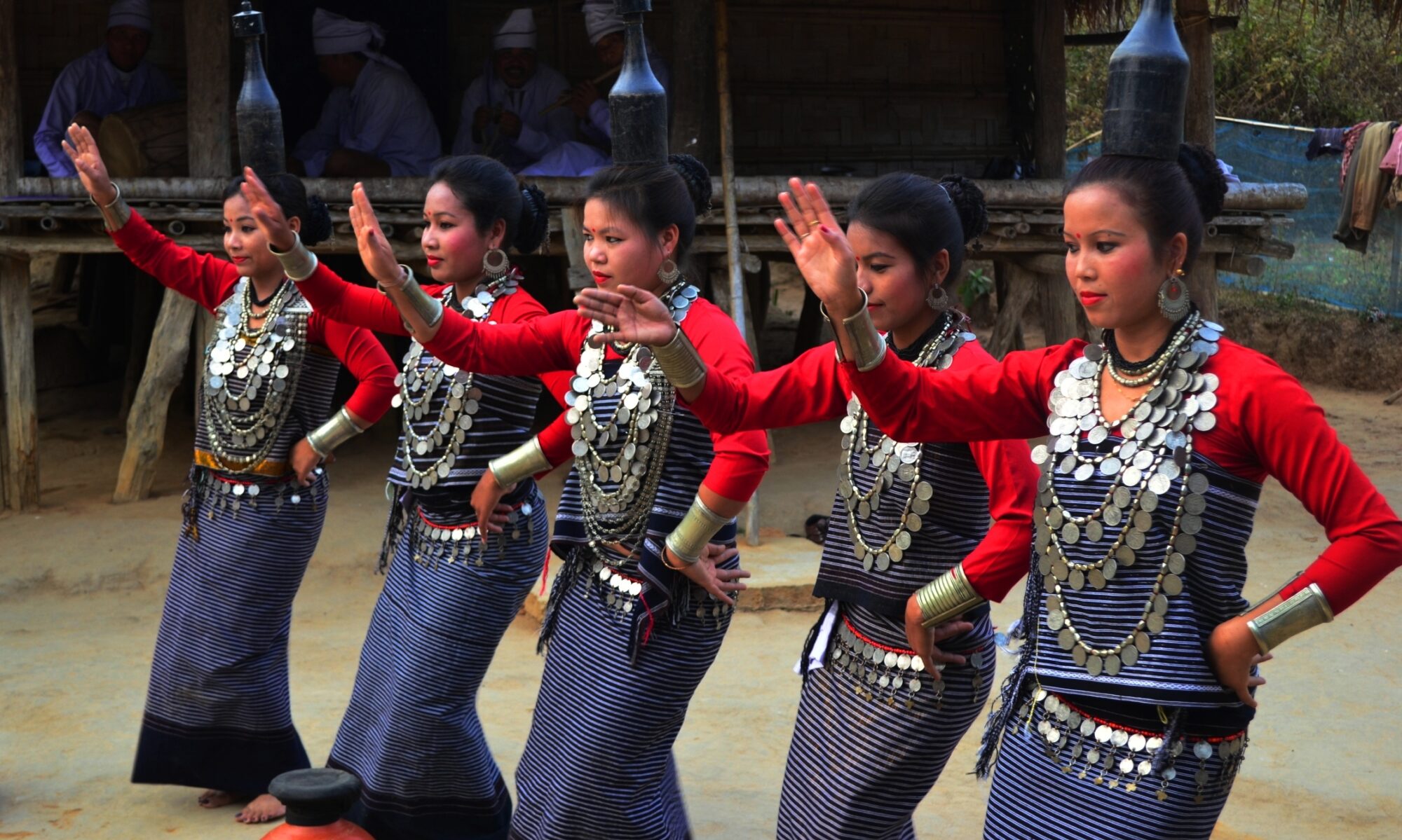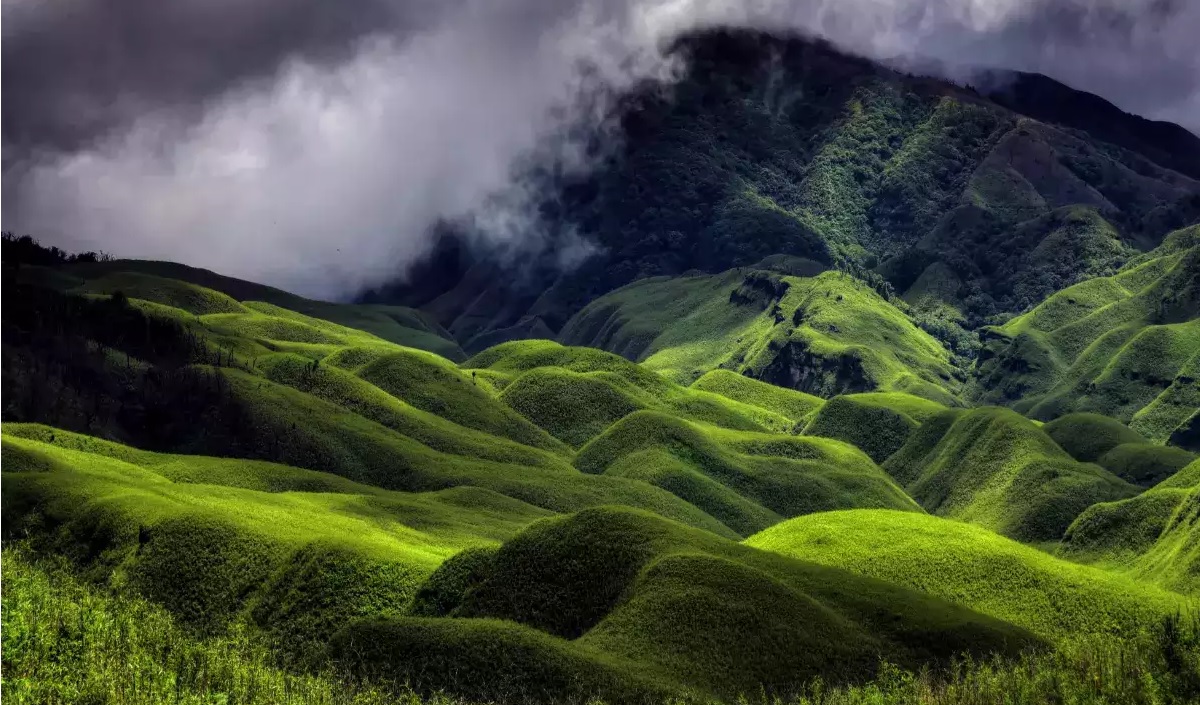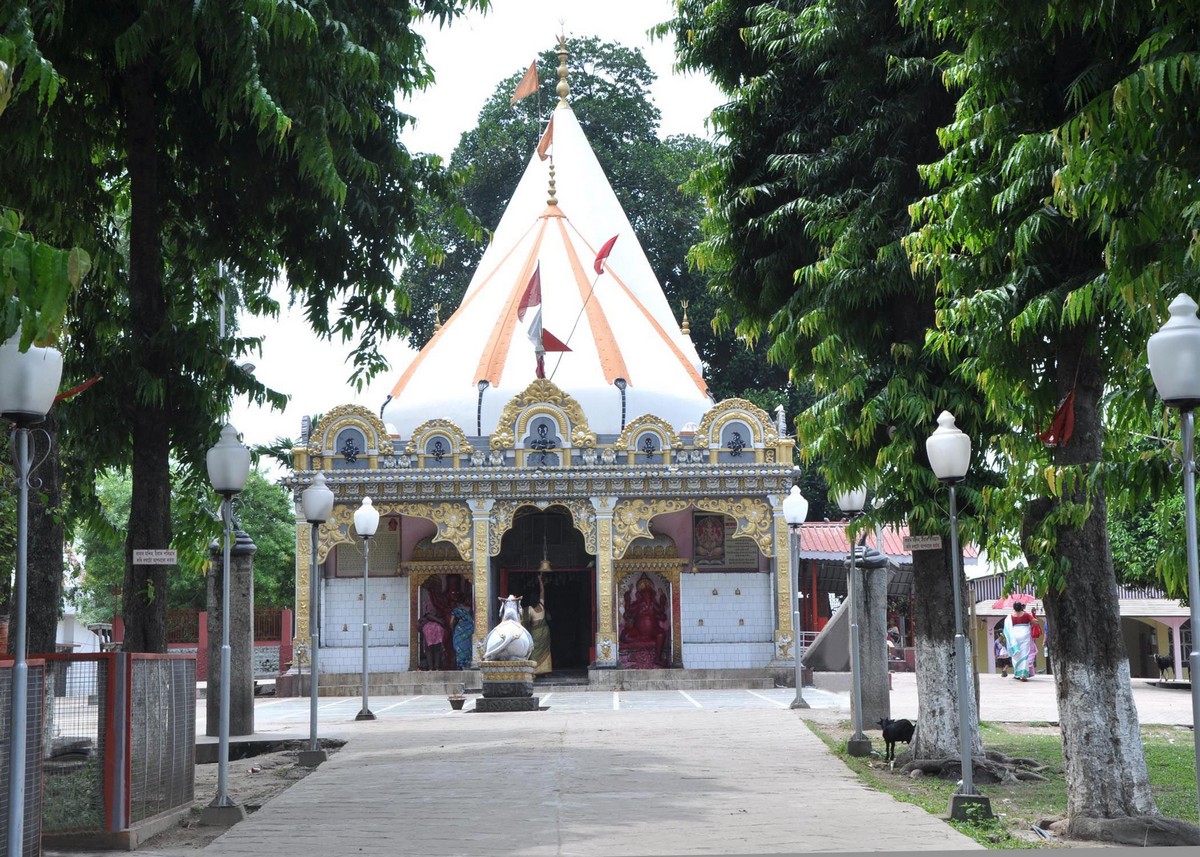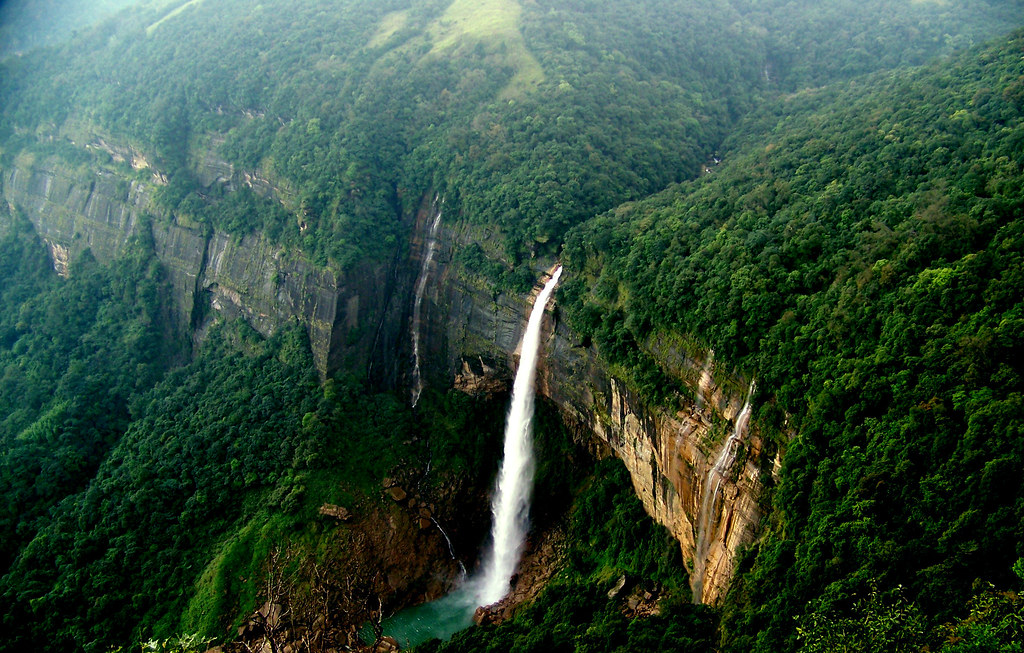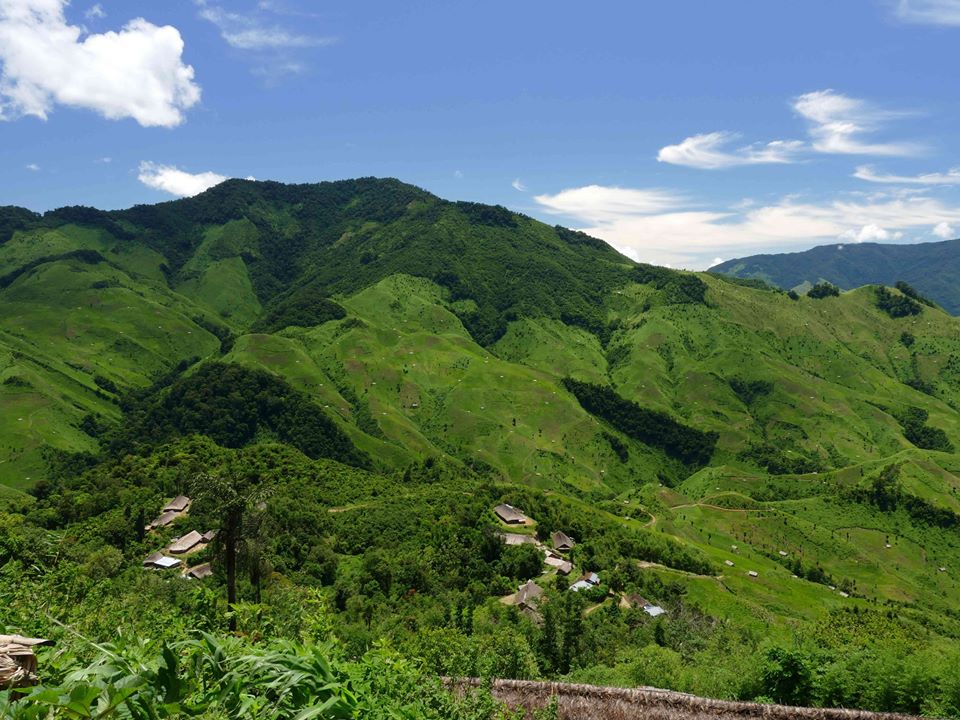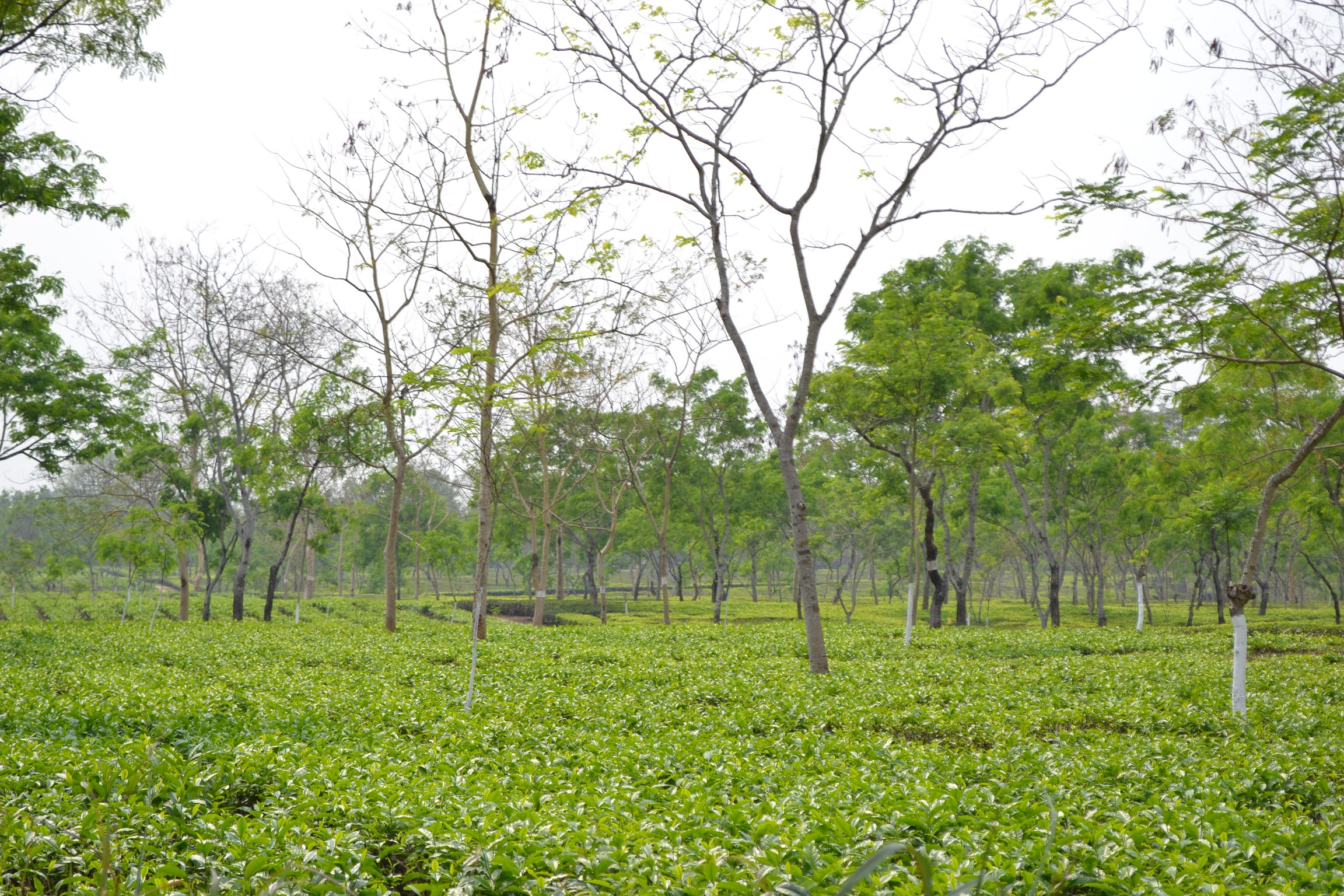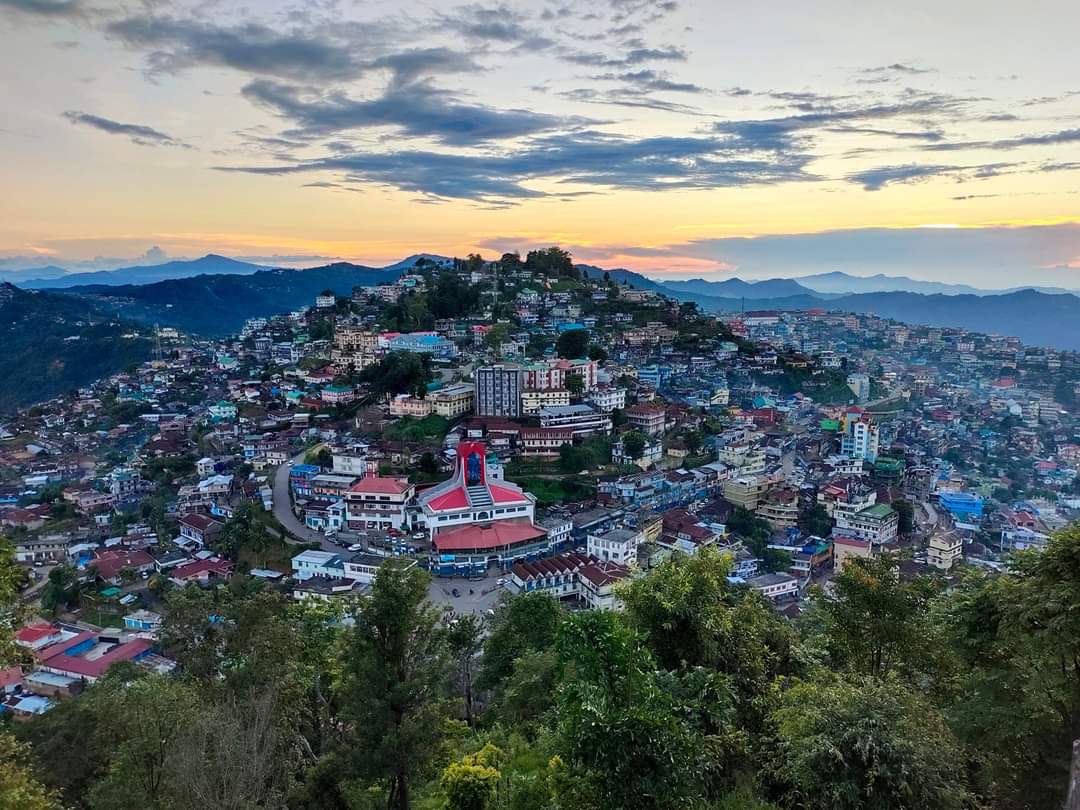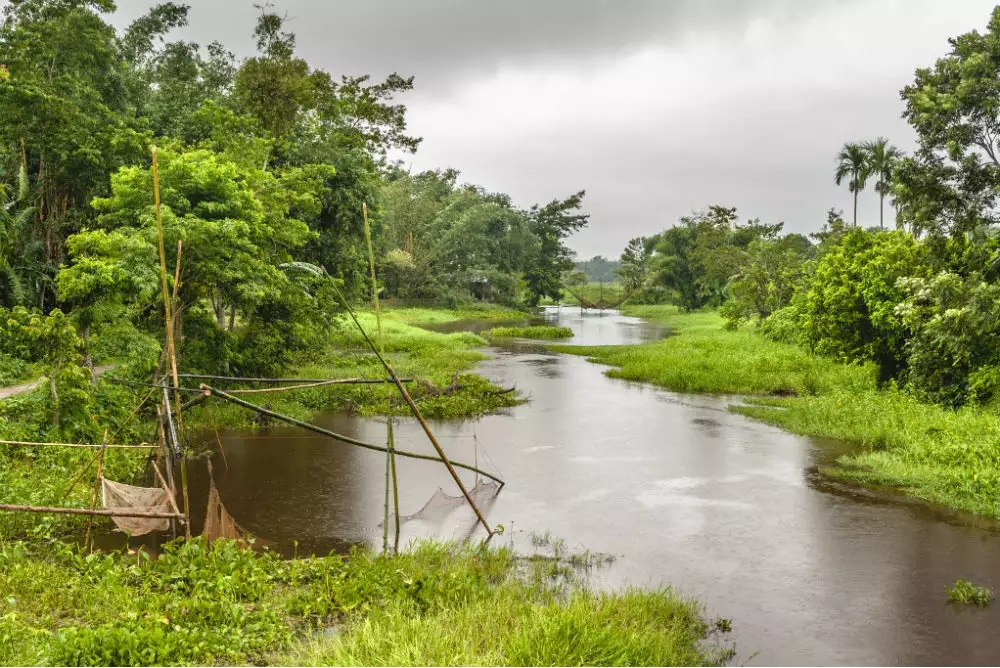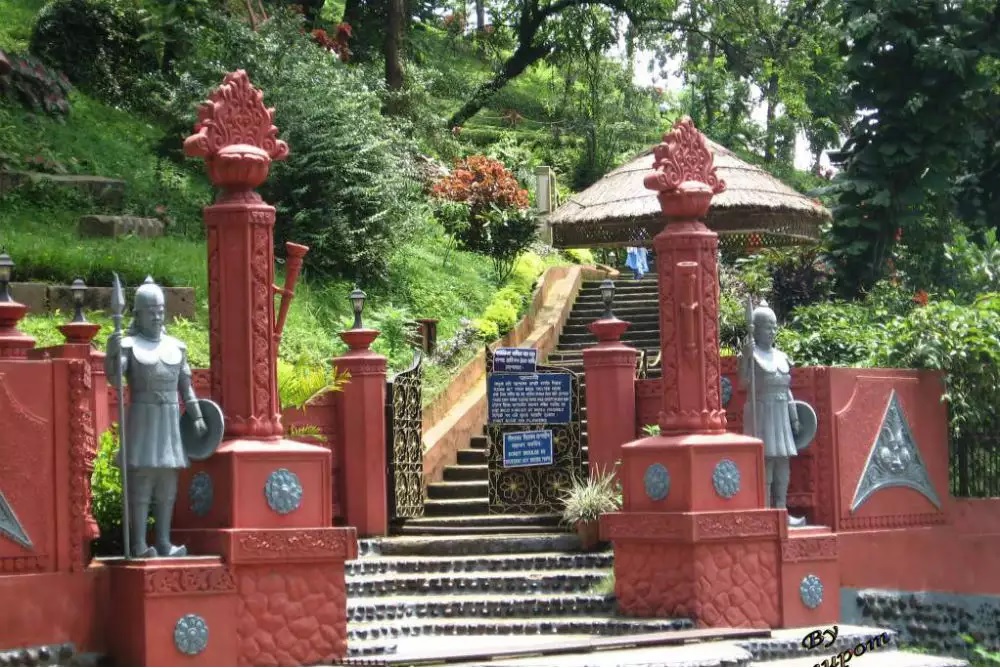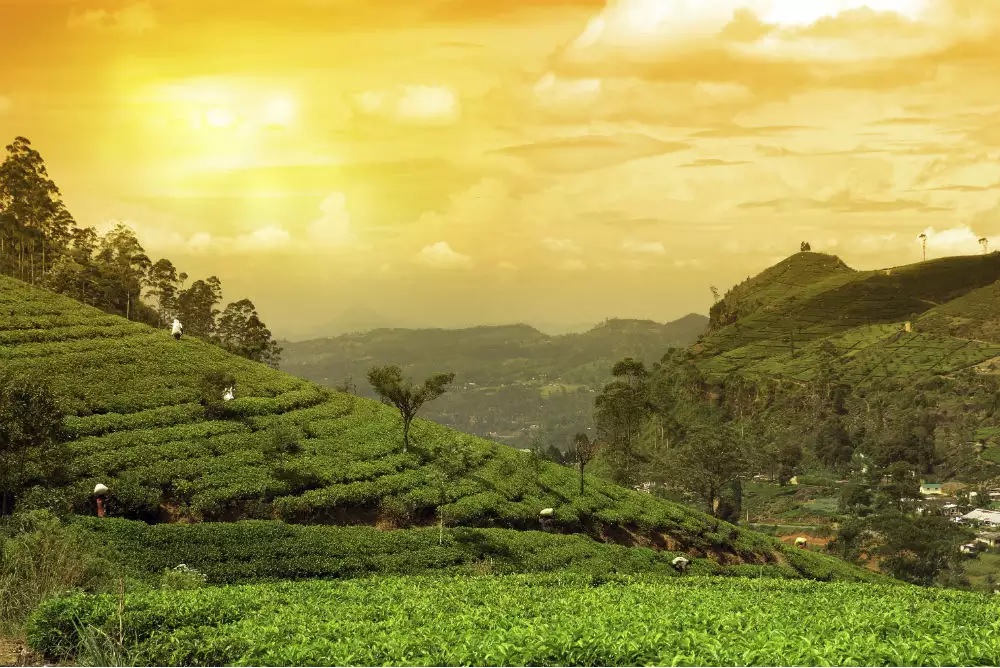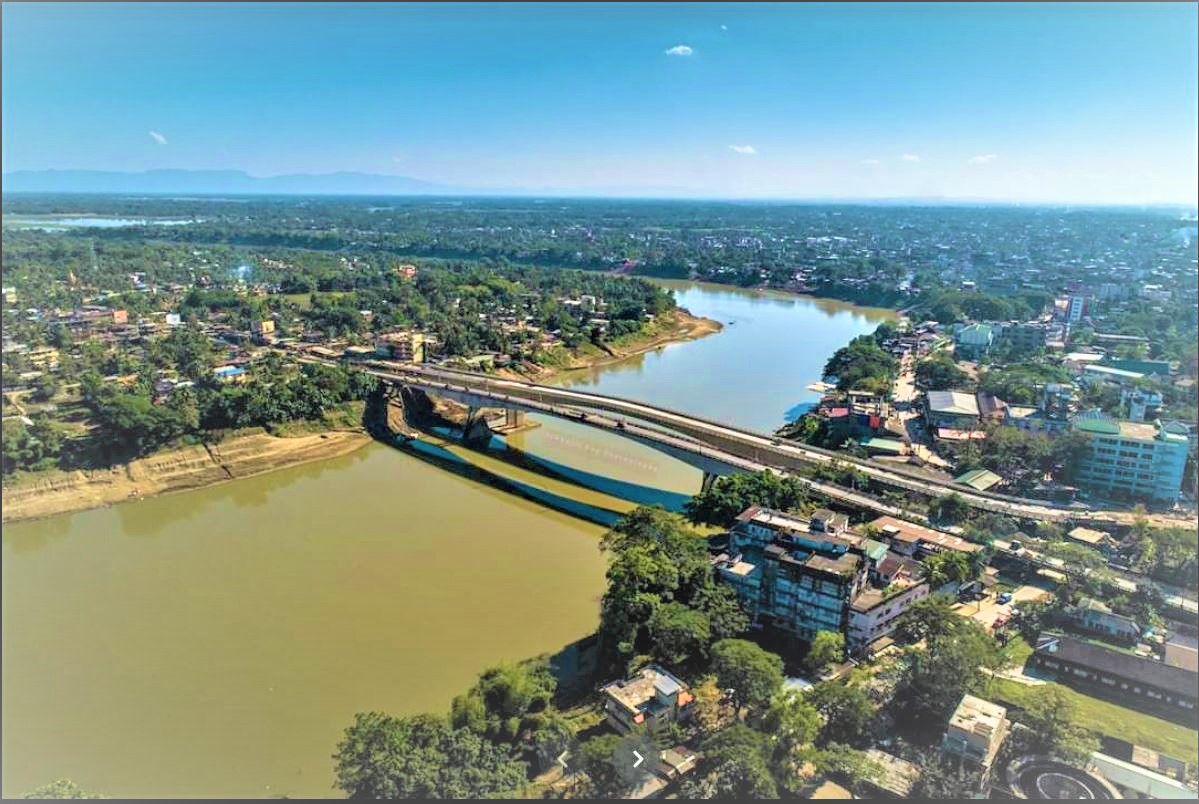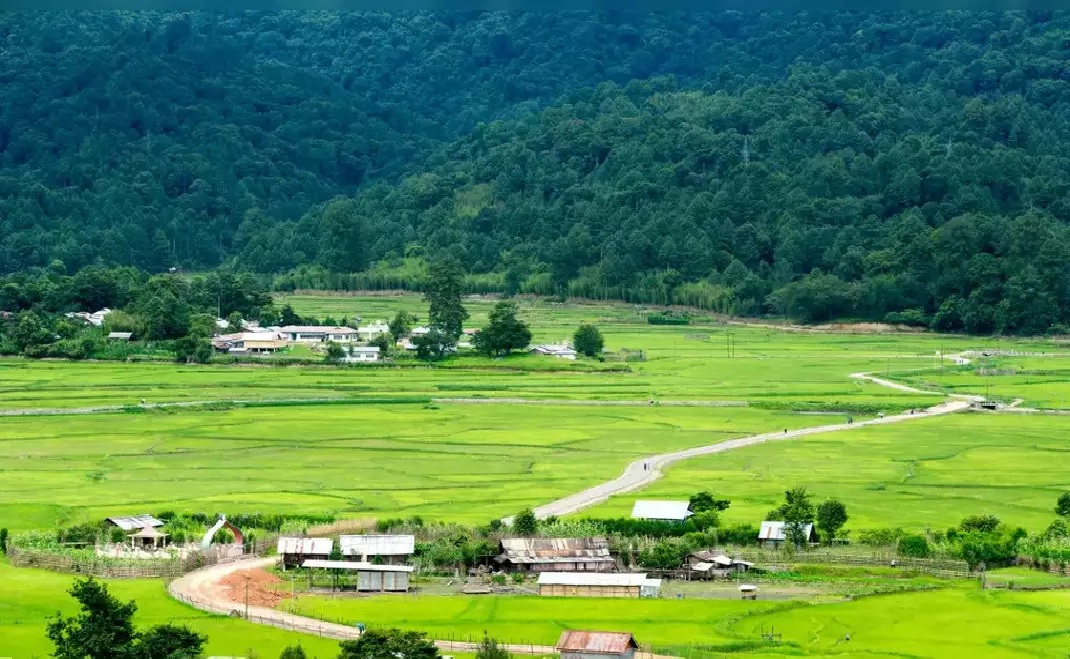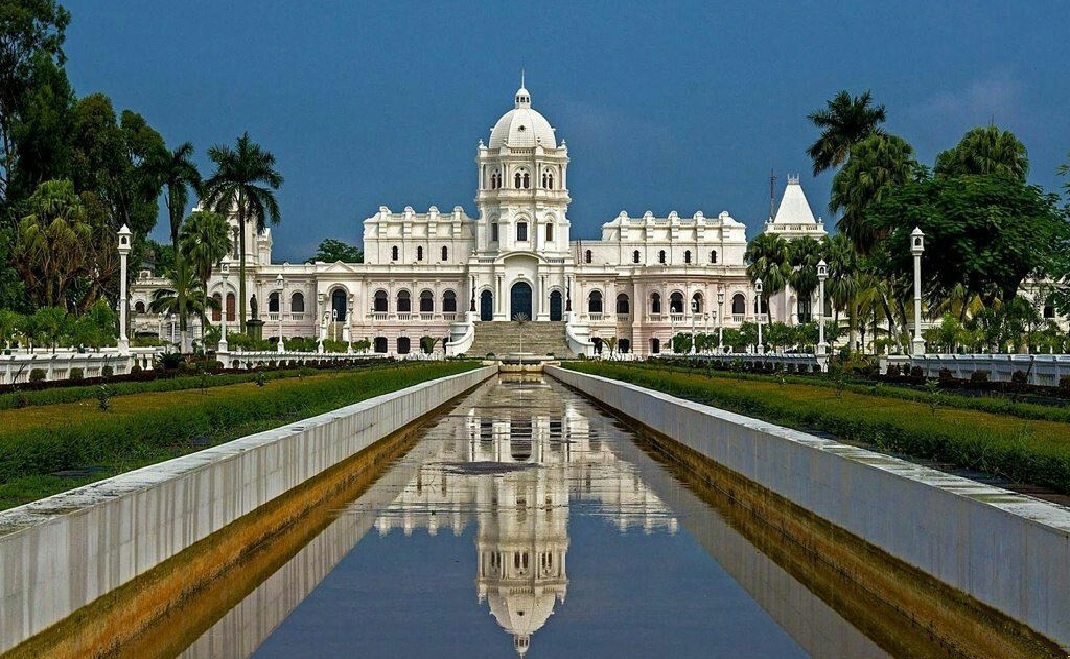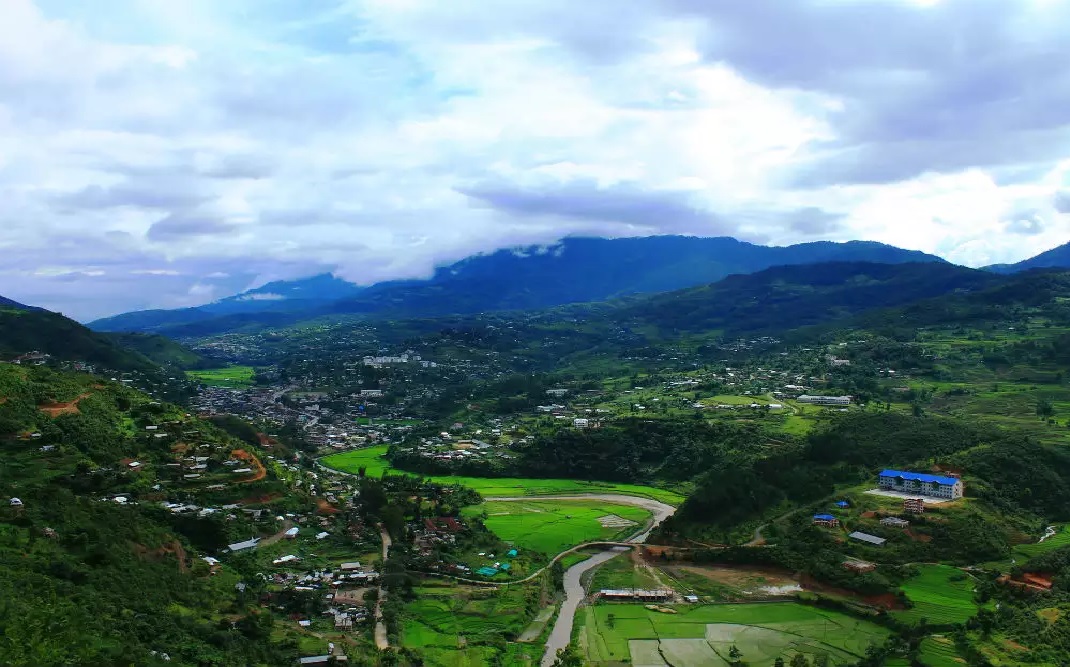About Agartala, Tripura
Agartala, the capital city of the northeastern Indian state of Tripura, is a vibrant blend of rich cultural heritage and modern development. Nestled along the Bangladesh border, Agartala is known for its lush green landscapes and serene surroundings. The city’s architectural marvels, such as the Ujjayanta Palace, showcase a perfect fusion of indigenous and colonial influences. Agartala is a significant cultural hub, hosting traditional festivals like Durga Puja and Diwali with great fervor. The city’s economy has seen growth in recent years, with emerging sectors like education, healthcare, and tourism contributing to its development. Agartala’s friendly locals, delicious cuisine, and the peaceful ambiance make it an inviting destination for those seeking a unique and enriching experience in the northeastern part of India.
Location
Agartala is situated in the western part of the state near the India-Bangladesh border. Nestled in the lush greenery of the region, Agartala is located at approximately 23.83 degrees latitude and 91.28 degrees longitude. The city is known for its rich cultural heritage, vibrant markets, and historical landmarks. Surrounded by hills and valleys, Agartala enjoys a tropical climate, with monsoon rains significantly contributing to the region’s lush landscapes. The city serves as the political, cultural, and economic hub of Tripura, offering a blend of traditional and modern elements that reflect the diverse heritage of the region.
Best Time to Visit
The best time to visit Agartala is during the winter months of October to March. During this period, the weather is relatively pleasant, with temperatures ranging from 10°C to 25°C, making it ideal for outdoor activities and sightseeing. The monsoon season, from June to September, brings heavy rainfall, which may hinder travel plans and outdoor exploration. Summers, from April to June, can be hot and humid, with temperatures rising above 30°C. Therefore, to enjoy a comfortable and enjoyable trip to Agartala, it is advisable to plan your visit during the winter months when the weather is mild and conducive to exploring the cultural and historical attractions of this charming northeastern city.
How to Reach
To reach Agartala one can primarily rely on air and rail transportation. The Maharaja Bir Bikram Airport serves as the main air gateway, with regular domestic flights connecting Agartala to major cities like Kolkata, Guwahati, and New Delhi. The airport is situated about 12 kilometers northwest of the city center, and taxis or local transportation options are available for the commute.
For those preferring rail travel, Agartala is connected to major Indian cities through the Lumding–Agartala section. The Agartala Railway Station is the main railway hub in the state, offering train services to cities like Kolkata and Silchar. The station is centrally located in the city, facilitating convenient access to various parts of Agartala.
Additionally, well-maintained road networks connect Agartala to neighboring states. State and private buses operate on these routes, providing an alternative mode of transportation. The National Highway 8 connects Agartala to Guwahati, making road travel a viable option.
Things to do
Start your exploration with the Ujjayanta Palace, a stunning royal residence converted into a museum that showcases the state’s history. Visit Neermahal, the “Water Palace,” situated in the middle of the Rudrasagar Lake, known for its picturesque surroundings. Don’t miss the vibrant Jagannath Temple and the captivating Tripura Sundari Temple, both significant religious landmarks. To experience local culture, explore the Heritage Park and the Tribal Museum, which provide insights into the diverse traditions of Tripura’s indigenous communities. Take a leisurely stroll through the bustling markets like Battala and Kaman Chowmuhani to savor local delicacies and shop for traditional handicrafts. Additionally, the Sepahijala Wildlife Sanctuary offers a tranquil escape with its lush greenery and diverse flora and fauna. Immerse yourself in the charm of Agartala by partaking in its cultural events and festivals, making your visit to this northeastern gem a memorable one.
FAQs
Q: What are the must-visit attractions in Agartala?
A: Explore the Ujjayanta Palace, Neermahal, Jagannath Temple, Tripura Sundari Temple, Heritage Park, Tribal Museum, local markets like Battala and Kaman Chowmuhani, and the Sepahijala Wildlife Sanctuary.
Q: How can I reach Agartala?
A: Agartala is accessible by air through Maharaja Bir Bikram Airport, by train via Agartala Railway Station, and by road with well-connected highways.
Q: What is the best time to visit Agartala?
A: The ideal time to visit is from October to March when the weather is pleasant, and cultural festivals are celebrated.
Q: Are there any cultural events in Agartala worth attending?
A: Yes, immerse yourself in the local culture by attending events like the Kharchi Puja, Garia Puja, and other traditional festivals celebrated with fervor.
Q: Where can I find authentic local cuisine in Agartala?
A: Indulge in local delicacies at popular eateries and street food stalls, especially in markets like Battala and Kaman Chowmuhani.
Q: What outdoor activities are available in Agartala?
A: Explore the natural beauty of Agartala by visiting the Sepahijala Wildlife Sanctuary or enjoying a boat ride at Rudrasagar Lake.
Q: Are there any accommodations near the city center?
A: Yes, Agartala offers a range of accommodations, including hotels and guesthouses, conveniently located in the city center.
Q: What is the significance of Ujjayanta Palace?
A: Ujjayanta Palace, now a museum, holds historical importance as the former royal residence and showcases the rich heritage of Tripura.
Q: Are there shopping opportunities for traditional handicrafts in Agartala?
A: Yes, explore local markets like Battala and Kaman Chowmuhani for traditional handicrafts, handwoven textiles, and bamboo products.
Q: How can I learn more about the indigenous communities in Tripura?
A: Visit the Tribal Museum in Agartala to gain insights into the diverse traditions, customs, and artifacts of Tripura’s indigenous communities.
